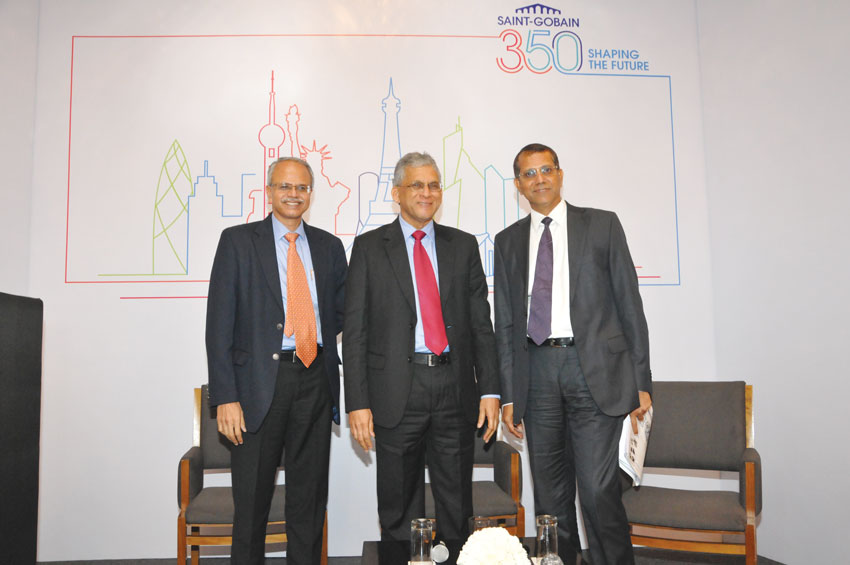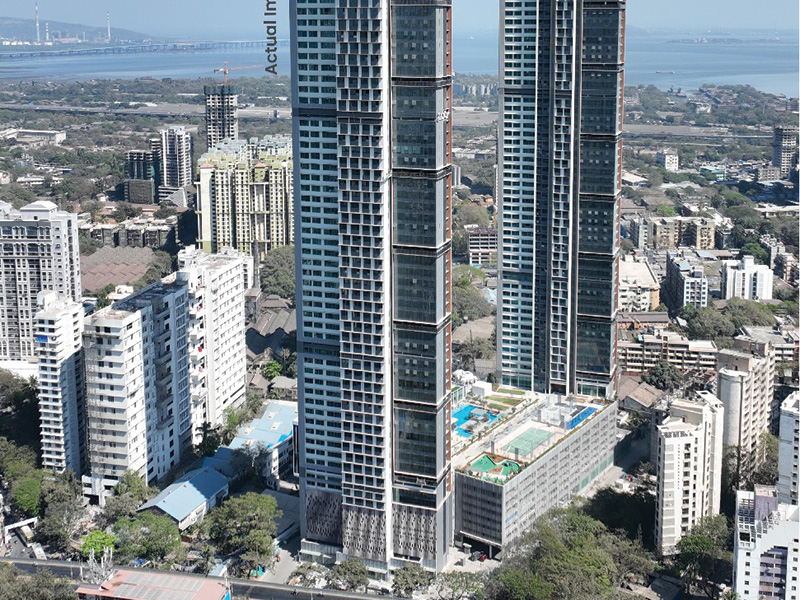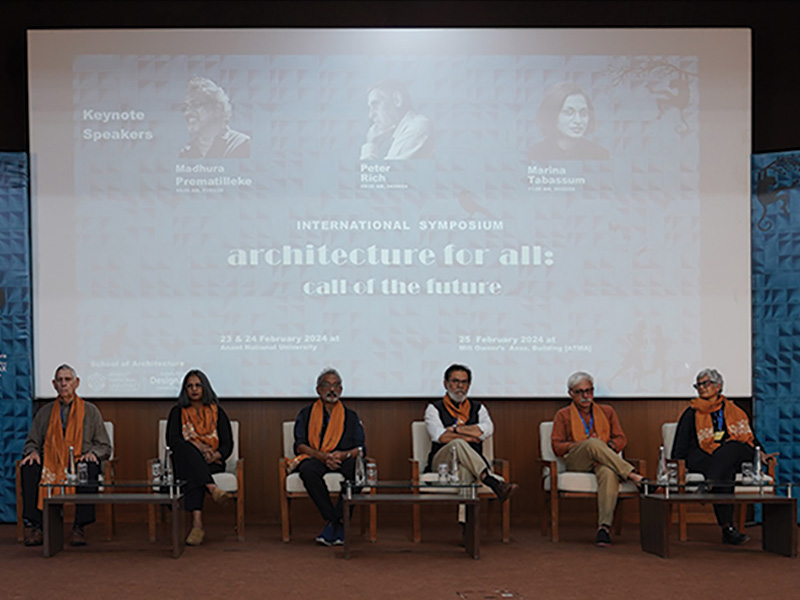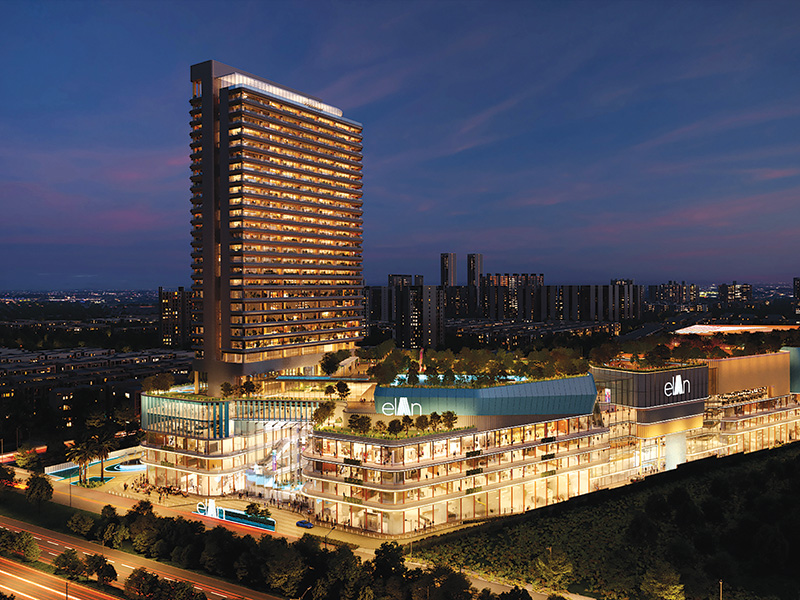Saint-Gobain entered India in 1996, and has achieved strong growth since then. With sales of Rs.4800 crores in 2014, Saint-Gobain India has been a leader in all its major businesses, with 20 manufacturing sites and about 4900 employees. Two large entities, Grindwell Norton Limited (GNO), a publicly traded company, and Saint-Gobain India Pvt Ltd (SGI), along with a few smaller entities including Saint-Gobain Sekurit India Ltd, Saint-Gobain Crystals & Detectors Ltd, SEPR Refractories India Pvt Ltd, Saint-Gobain Gyproc India, and Saint-Gobain Weber India, comprise Saint-Gobain's businesses in India to cater to the three broad segments - flat glass, high performance building materials, and construction chemicals.

"For Saint-Gobain, India presents a huge opportunity for growth, not only as an important market, but also as an investment destination and, going forward, it will be even more so. Saint-Gobain believes that it can play a significant role in shaping the future by designing, manufacturing, and distributing building, and high-performance materials, which provide innovative solutions to meet the challenges of growth, energy efficiency, and environmental protection. This is the core of Saint-Gobain's strategy. On Saint-Gobain's 350th anniversary, we aim to strengthen this commitment even further by becoming the reference for sustainable habitat in India and doubling our businesses in the country in the next few years." says Mr. Anand Mahajan, General Delegate for India, Sri Lanka, and Bangladesh, Saint-Gobain
Saint-Gobain's Future Strategy for India
Saint-Gobain has two ambitions for its businesses in India:- To shape the future of, and to become the reference for, Sustainable Habitat in India.
- Strong and profitable growth of all its businesses, more specifically, to more than double its businesses in India and to exceed sales of Rs.10,000 crore by 2019.
- Sustainable Habitat: There are three important parts to this strategy:
- Sustainable Buildings: inventing products, solutions, and systems for the buildings of the future.
- Sustainable Manufacturing: reducing the environmental impact of its industrial processes and supply chain (elements: energy efficiency, life cycle cost analysis of its products, water conservation, efficient and green logistics, etc.)
- Sustainable Construction: Contributing to the development of skills and techniques for modern, efficient construction, manufacturing, and logistics.
- Innovation: Research and Innovation are at the heart of Saint-Gobain's strategy. In December 2013, Saint-Gobain inaugurated its seventh, transversal Research Centre - Saint-Gobain Research India (SGRI) - in close collaboration with IIT Madras in Chennai. SGRI works for all of Saint-Gobain's businesses and has been instrumental in driving initiatives to develop innovative and sustainable products and solutions for the region.
- Local Manufacturing: Saint-Gobain has pursued a "Make in India"strategy from the very beginning. Saint-Gobain has invested in building state-of-the-art, world-class manufacturing plants in India and will continue to do so. More recently, investments have been made in new facilities to serve global markets.
350 Years of History
In 1665, Louis XIV, prompted by his Finance Minister Colbert, created the Manufacture Royale des Glaces de Miroirs. Its first order was to make Glass for the Hall of Mirrors in the 'Palais de Versailles'. Some years later, this Company set up a manufacturing plant in the village of Saint-Gobain in the north-east of France and eventually took its name. Over the centuries since then, Saint-Gobain, the oldest Company in the CAC 40, has weathered many a storm – the French Revolution, two World Wars, two industrial and technological revolutions, major economic crises, nationalization and privatization – and has emerged stronger. Its longevity is based on its values, which have been forged over 350 years and have been passed down through the generations, its ability to anticipate and to adapt and to innovate and, hence, to stay one step ahead and its early belief in progress through internationalization. These have been the constants.The latter part of the 20th Century and beginning of the 21st Century have witnessed a transformation of the Group. Key acquisitions during this period, including Norton Company (a world leader in Abrasives, Ceramics and Performance Plastics) in 1990, Poliet (which was the holding company of Point P, Lapeyre and Weber & Broutin and which marked Saint-Gobain's entry into the Building Materials Distribution business) in 1996 and BPB (the world leader in Gypsum Plasterboard and Plasters) in 2005, led to the Group's strengthening its High Performance Materials businesses and its strategic focus on sustainable habitat.
SAINT-GOBAIN - 2015
Celebrating its 350th anniversary in 2015, Saint-Gobain has evolved to be a decentralized community of entrepreneurs who are focused on meeting the ever-changing needs of their customers. The company is the world leader in the habitat and construction market, and designs, manufactures and distributes high-performance and building materials providing innovative solutions to the challenges of growth, energy efficiency and environmental protection. With sales of €42 billion in 2013, Saint-Gobain operates in 64 countries and has nearly 190,000 employees worldwide. It ranks 180th in the Global Fortune 500 list. The group has 7 transversal research centres located across the globe, and files nearly 400 patents every year. The group believes that the emerging and fast-growing countries will be the future growth drivers.The global initiatives to mark 350 years, planned in different parts of the world, include:
- Futuristic travelling pavilions in four cities (Shanghai, Sao Paolo, Philadelphia, and Paris) offering a unique sensory experience to the public at large.
- A virtual exhibition of the Group's history
- An anniversary book
- The World 350 game on the mobile platform
- Anniversary day celebrations on 15th October 2015 (it was in October, 1665, that King Louis XIV signed the letters authorizing the creation of the Manufacture Royale des Glaces de Miroirs)















